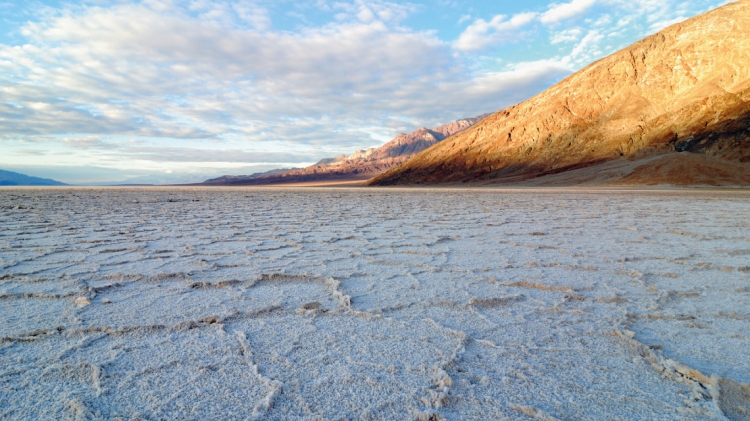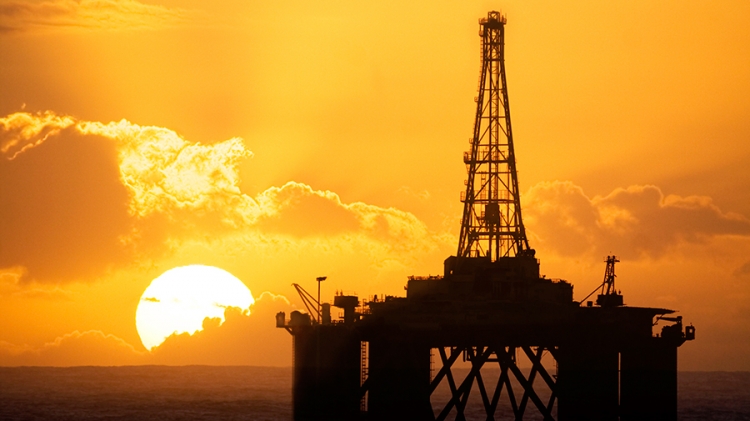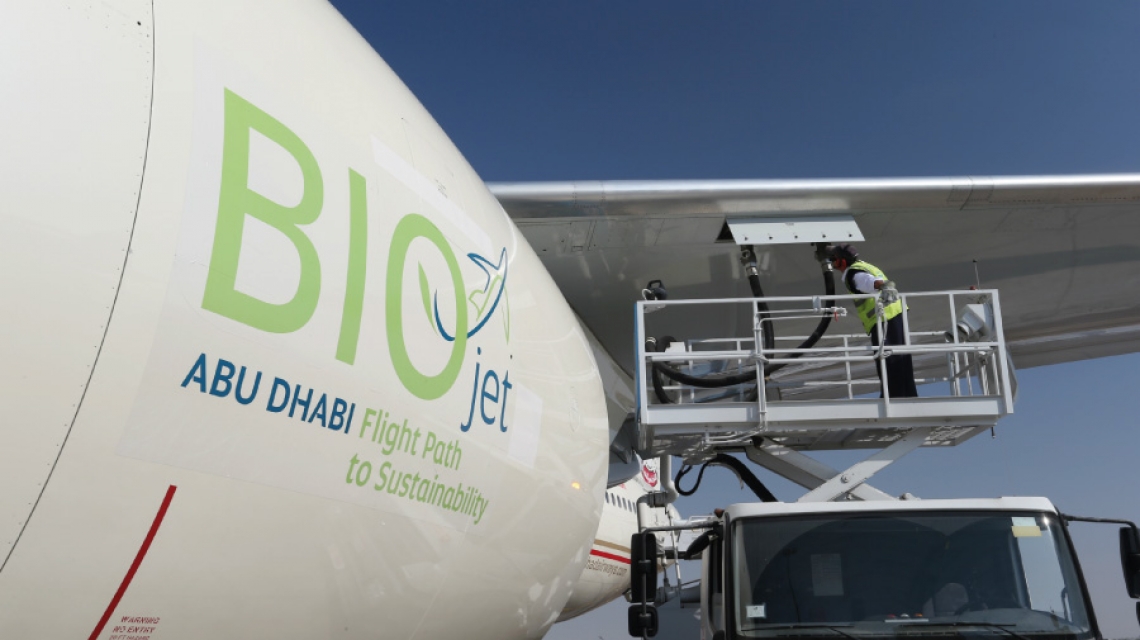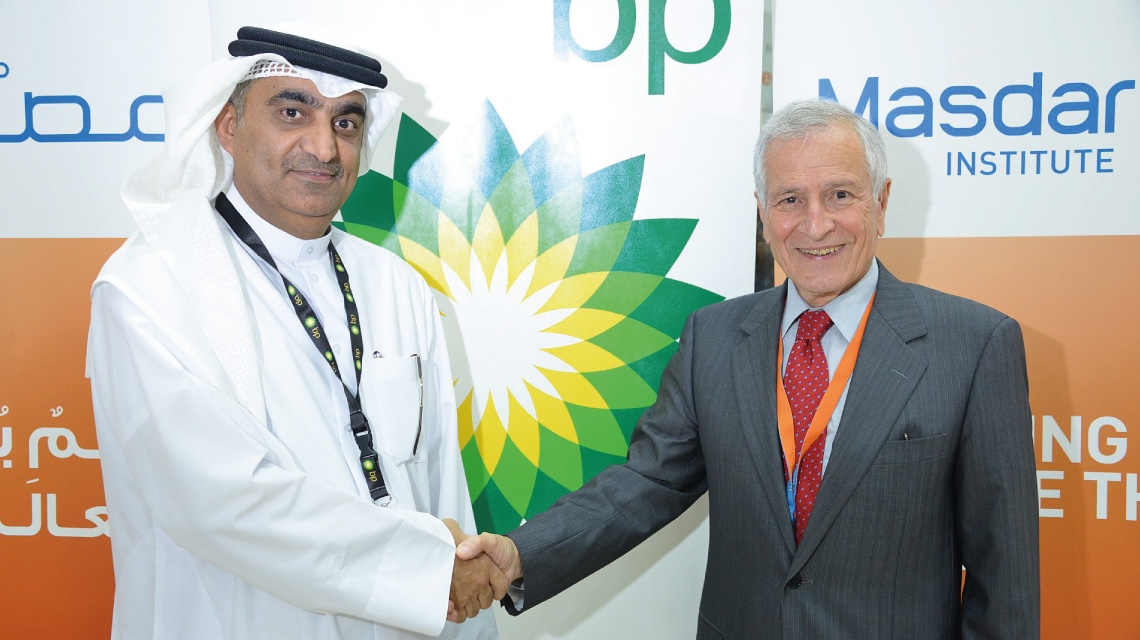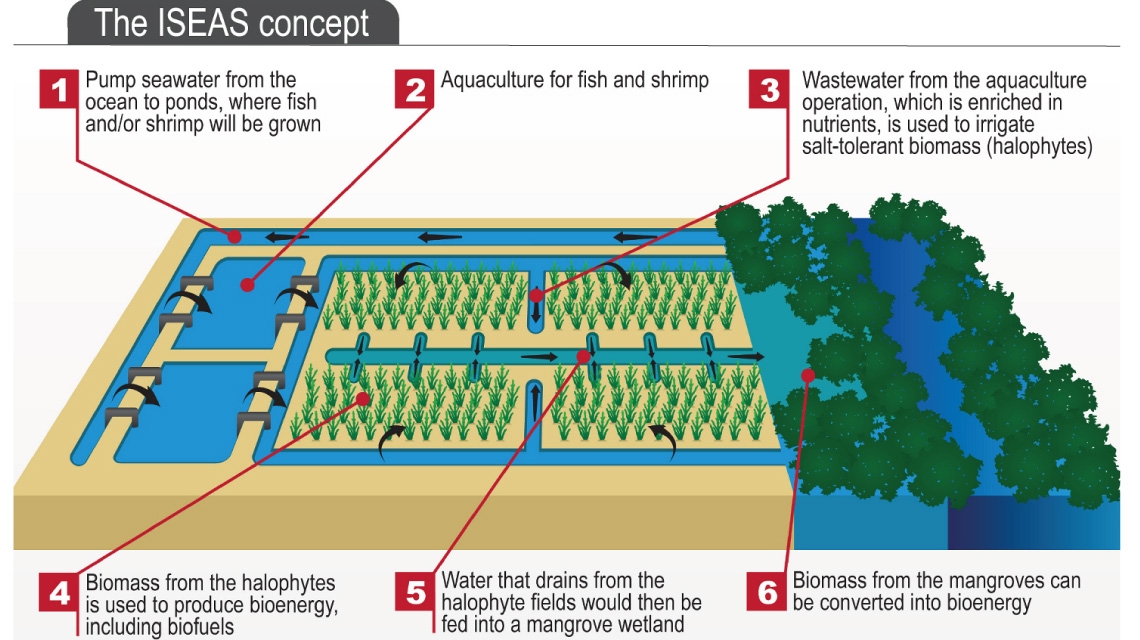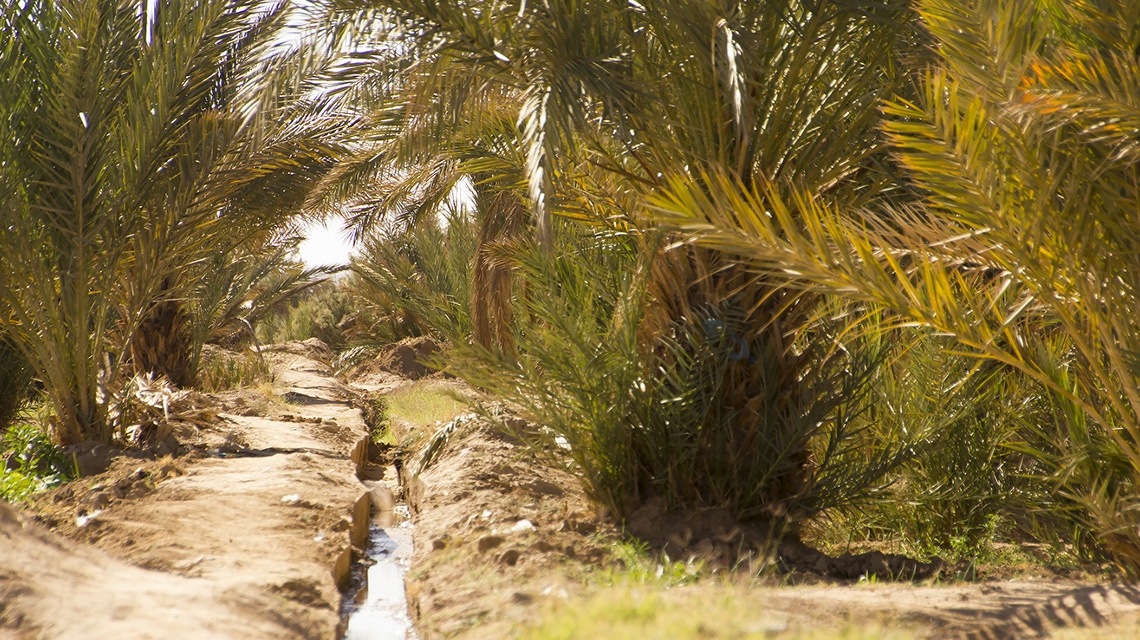
Abu Dhabi-UAE: 29 April, 2015 – New research from the Masdar Institute of Science and Technology reveals accurate measurements of the UAE’s groundwater reserves and the rate at which they are depleting, providing the government with crucial information needed for optimal management of the country’s freshwater reserves.
Masdar Institute graduate student Maria del Rocio Gonzalez Sanchez created the UAE’s first ‘water budget’ – a term that reflects the relationship between all inputs and outputs of water through an area – and discovered that the UAE’s groundwater is being pumped out for irrigation at a rate of about 860 billion liters per year, and is depleting at a rate of 0.5 centimeters a year. This is significant, considering that the UAE relies on its groundwater reserves to provide over 50% of the country’s freshwater.
“Long-term planning of water related activities requires a good understanding of the various components of the water budget. It’s just like managing your finances – you need to know how much money you have in savings, how much your income is, and what your expenses are, so you can manage it all efficiently,” said Dr. Taha B.M.J. Ouarda, Professor of Water and Environmental Engineering and Head of the Institute Center for Water and Environment (iWater). He and Dr. Prashanth R. Marpu, Assistant Professor of Water and Environmental Engineering are faculty supervisors to Sanchez.
In a water budget, the ‘income’ is the amount of usable water that flows into the country through precipitation, or is produced through desalination and wastewater treatment; the ‘savings’ are the amount of groundwater being stored in underground aquifers; and the ‘expenses’ include the amount of water that leaves the groundwater through evapotranspiration and human activities.
Sanchez’s research provided the first accurate measure of the UAE’s water budget ‘expenses’ of evapotranspiration – which refers to soil evaporation and plant transpiration – and groundwater depletion. She found that despite the UAE’s slight rise in rainfall over the past 15 years, evapotranspiration has been taking water out of the ground at approximately the same rate that rainfall has been adding it. This means that there is no real net gain to the UAE’s groundwater reserves from rain presently.
While groundwater provides over half of the country’s freshwater needs, most of it goes towards the agricultural sector for irrigation. Desalination provides around 37% of the UAE’s water demand, which is used mostly for industrial and domestic consumption. The remaining portion, around 12%, is reclaimed water, which is used for landscaping irrigation. Since most of the UAE’s water comes from groundwater, it is essential to know exactly how much groundwater the UAE currently has and can expect to have in the future.
“This effort to determine all components of the water budget has not been completely done in the past. With this research, we can know accurately the amount of rainfall the UAE is getting, the amount of groundwater we’re losing, and desalinated water we’re producing, allowing the UAE to develop efficient and optimal water management plans,” Dr. Ouarda added.
Gathering all the comprehensive and quantitative data needed to carry out a detailed water budget is not an easy task. To overcome these challenges, Sanchez used remote sensing and satellite-based measurements to determine variables that would be difficult to obtain by other methods. For instance, she used data from NASA’s Gravity Recovery and Climate Experiment (GRACE) to determine UAE groundwater levels and the rate at which water is lost through evapotranspiration.
Through research projects like these, Masdar Institute applies cutting edge science and research methods to provide tools to help the UAE meet its economic and environmental goals in tandem – ensuring both prosperity and sustainability for the country and its people.


